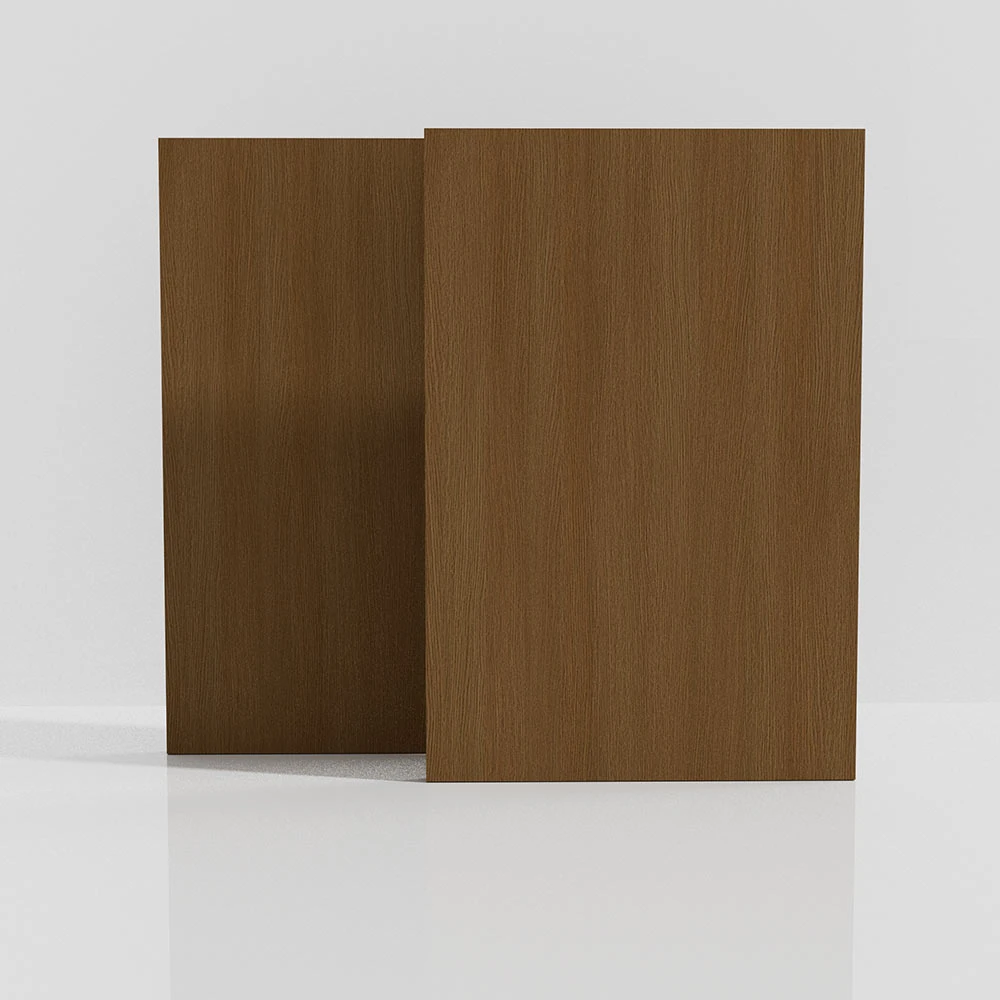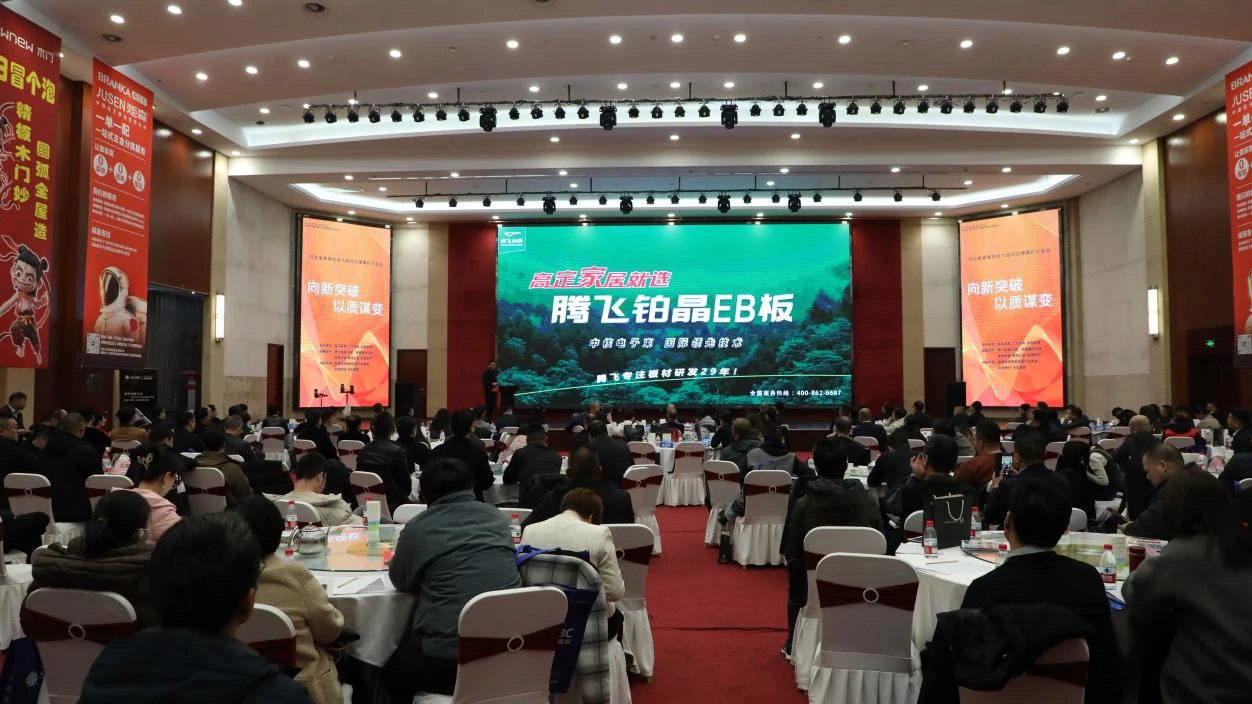
(white mdf board price)
The global demand for white MDF boards has witnessed significant growth over the past decade. Key applications include furniture manufacturing, architectural interiors, retail fit-outs, and decorative wall paneling. The white MDF board price fluctuates due to factors such as raw material costs, board thickness, finishing quality, and regional supply chain dynamics.
According to Statista, the global MDF production increased from 69.5 million cubic meters in 2016 to over 110 million cubic meters in 2023. This surge brought price competitiveness but also variability among regions. For example, board pricing in Southeast Asia remains 12-18% lower than in North America or Western Europe, largely due to local wood fiber availability and labor costs.
White MDF’s cost efficiency is further influenced by processing technologies like E0/E1-grade emissions and automated laminating lines. Below is a snapshot of average 2024 prices, highlighting the impact of board thickness and finish:
| Thickness (mm) | Average Price (USD/sheet 2440x1220mm) | Finish Type | Region (Average) |
|---|---|---|---|
| 9mm | $14 - $18 | Melamine | Southeast Asia |
| 16mm | $19 - $27 | Lacquered | Europe |
| 18mm | $26 - $32 | High gloss | North America |
| 25mm | $33 - $41 | UV coated | Global |
These price differentials demonstrate the need for buyers to assess not just board size and thickness, but also the manufacturing origin and surface treatment, which can significantly impact cost efficiency for bulk procurement.
Medium Density Fiberboard (MDF), particularly in white finishes, capitalizes on several performance advantages over traditional wood-based panels. White MDF boards are specially engineered using refined wood fibers, resins, and advanced surface coatings. Their density and homogeneity provide exceptional stability, resistance to warping, and superior machinability compared to particleboard or plywood.
Among top-tier MDF white board options, the average internal bond strength is recorded at 0.65 MPa—substantially higher than standard particleboard equivalents, which typically rate around 0.40 MPa. Moisture resistance in lacquered white MDF is 18% better than uncoated variants, making it suitable for environments requiring durability and ease of cleaning.
Additionally, the formaldehyde emission levels have reached as low as 0.03 ppm (parts per million) in premium E0/E1 grade offerings. This surpasses most international green building codes and enhances suitability for sensitive environments such as healthcare or educational settings.
Notably, CNC router compatibility and clean edge profiling make white MDF boards indispensable for high-precision joinery and furniture component manufacturing. Enhanced thermal insulation properties (0.057 W/mK) add another layer of performance in interior applications.
The white MDF board market is served by several prominent manufacturers, each offering distinct features, pricing, and service scales. A direct comparison, focusing on three global leaders—Kronospan (EU), Greenpanel (India), and Arauco (South America)—reveals key contrasts:
| Manufacturer | Annual Output (million m3) | Lowest Board Price (USD/16mm) | Finish Options | Certifications | Lead Time (Days) |
|---|---|---|---|---|---|
| Kronospan (EU) | 6.8 | $22 | Melamine, UV, Laminated | FSC, EPA TSCA VI, CARB2 | 18-24 |
| Greenpanel (India) | 2.1 | $17 | Lacquered, Pre-laminated | ISO 9001, E0 Grade | 12-16 |
| Arauco (South America) | 4.3 | $19 | Melamine, Raw MDF | PEFC, LEED | 20-30 |
Buyers must weigh not only price but consistency, finish availability, sustainability credence, and timeliness of delivery. Kronospan, for instance, offers a broader finish spectrum and the highest green certifications, while Greenpanel commands the most competitive rates for 16mm white MDF board and rapid delivery within Asia-Pacific.
The reliability of supply chains and after-sales service also factor into total procurement value, differentiating established international brands from smaller regional suppliers. For long-term, large-scale projects, sourcing from manufacturers with proven track records often results in lower operational risk and higher product consistency.
The 16mm white MDF board has emerged as the industry’s preferred standard for cabinetry, closet systems, customized shelving, and retail shopfitting. Its balanced blend of strength, ease of machining, and dimensional stability makes it optimal for a wide spectrum of interior projects.
Key specifications for a typical 16mm board (2440x1220mm) include:
As of 2024, the mdf white board price for standard 16mm variants ranges from $17 to $29 per sheet, depending on finish (raw, lacquered, or melamine) and brand reputation. Buyers can expect price reductions of up to 9% per sheet on bulk orders (over 1,000 sheets) when negotiating directly with manufacturers.
The cost-benefit ratio further improves when factoring in lifespan; laboratory abrasion tests indicate that premium melamine-faced 16mm white MDF boards endure up to 60,000 abrasion cycles before visible surface degradation, far surpassing budget alternatives and equating to an extended lifecycle for commercial and residential installations.
Modern applications have driven the demand for bespoke white MDF board solutions. Manufacturers now provide an array of customization opportunities to address project-specific needs, expanding on traditional size and thickness selections.
Clients may specify:
For large-volume buyers, co-development programs with manufacturers offer even greater flexibility, such as integrating recycled fibers, employing advanced resin systems for ultra-low emissions, or deploying digital printing to enable photographic-quality graphics directly onto the board surface.
Customization also extends to logistics—with many suppliers offering project-based packing, staggered delivery schedules, and drop-shipment capabilities, enabling cost efficiencies and supporting tight construction timelines.
White MDF boards have been deployed across diverse sectors, leveraging their visual appeal and technical resilience. They account for nearly 40% of interior boards used in European fit-out contracts (source: ENR Europe, 2023).
Case Study 1: Educational Facility Fit-out
A Scandinavian university utilized 16mm white MDF boards for over 2,300 custom lockers and shelving units. The installation reduced project lead time by 21% compared to multiplex plywood due to easier machinability. Post-occupancy reviews confirmed a 98% satisfaction rate among students and staff for both aesthetics and durability.
Case Study 2: National Retail Chain Rollout
An Asian furniture retailer outfitted 417 stores using lacquered white MDF. The selection cut annual maintenance costs by approximately $46,000 due to improved stain resistance and color stability over previous painted panels. Environmental test data demonstrated a 25% improvement in indoor air quality, aligning with the brand's sustainability goals.
Case Study 3: Healthcare Patient Rooms
A hospital group in North America specified E0-grade, anti-bacterial white MDF for patient room cabinetry. The antimicrobial finish reduced hospital-acquired infection risks and passed ISO 22196 certification criteria. Life cycle assessments suggested a 34% drop in environmental impact compared to traditional HPL-faced particleboard.
These cases underscore the adaptability of white MDF boards—whether prioritizing speed of installation, design versatility, regulatory compliance, or long-term operational cost savings.
The future of white MDF board price is shaped by several intersecting trends. Raw material costs, particularly the availability of fast-growing plantation wood, continue to influence global pricing by as much as 15%. Additionally, energy price fluctuations and tightening emission standards add upward pressure, especially in Europe and North America.
However, technological advancements—such as continuous-press production lines yielding higher surface quality and optimized resin systems—have helped mitigate some costs, leading to a modest global price increase of only 3.5% in 2023 despite inflationary headwinds.
Prospective buyers should assess:
In conclusion, the evolving landscape of white MDF board prices reflects growing product sophistication and supply chain resilience. Equipped with technical knowledge and market benchmarks, buyers can optimize their decisions for performance, sustainability, and total cost of ownership.
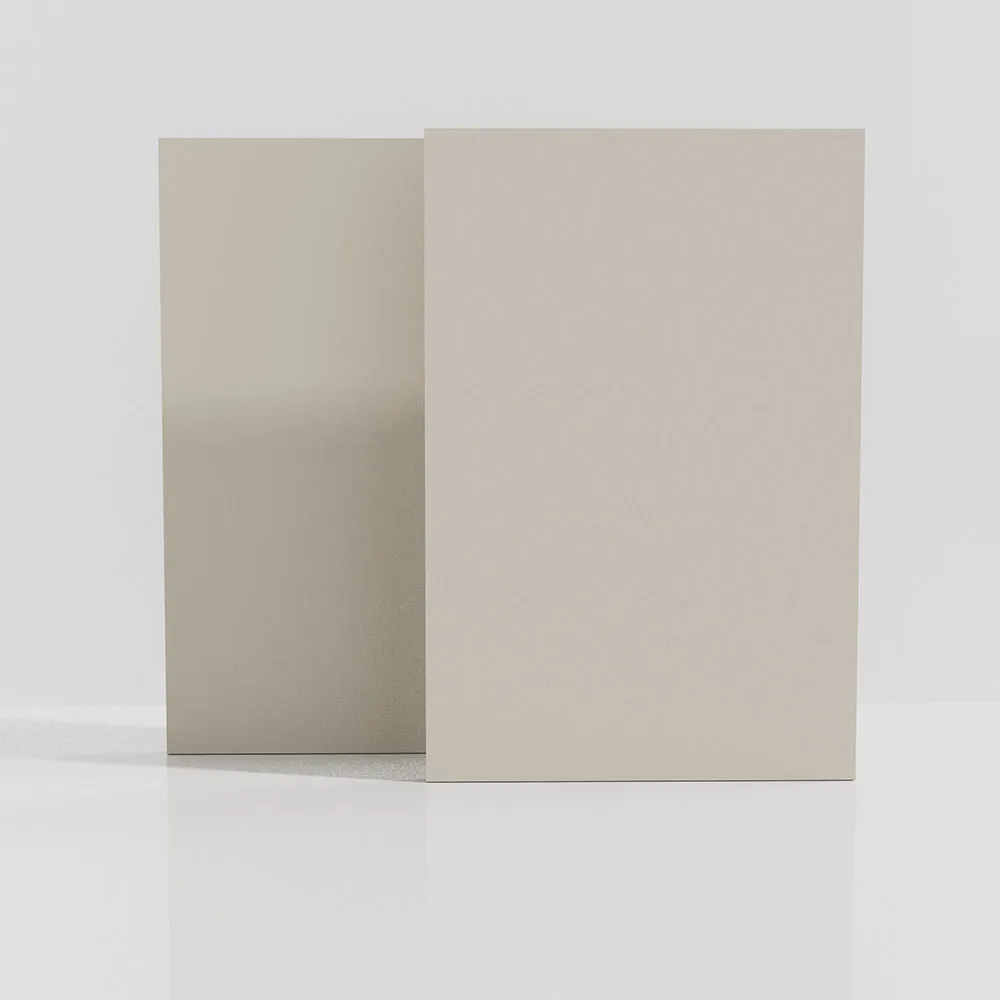
(white mdf board price)
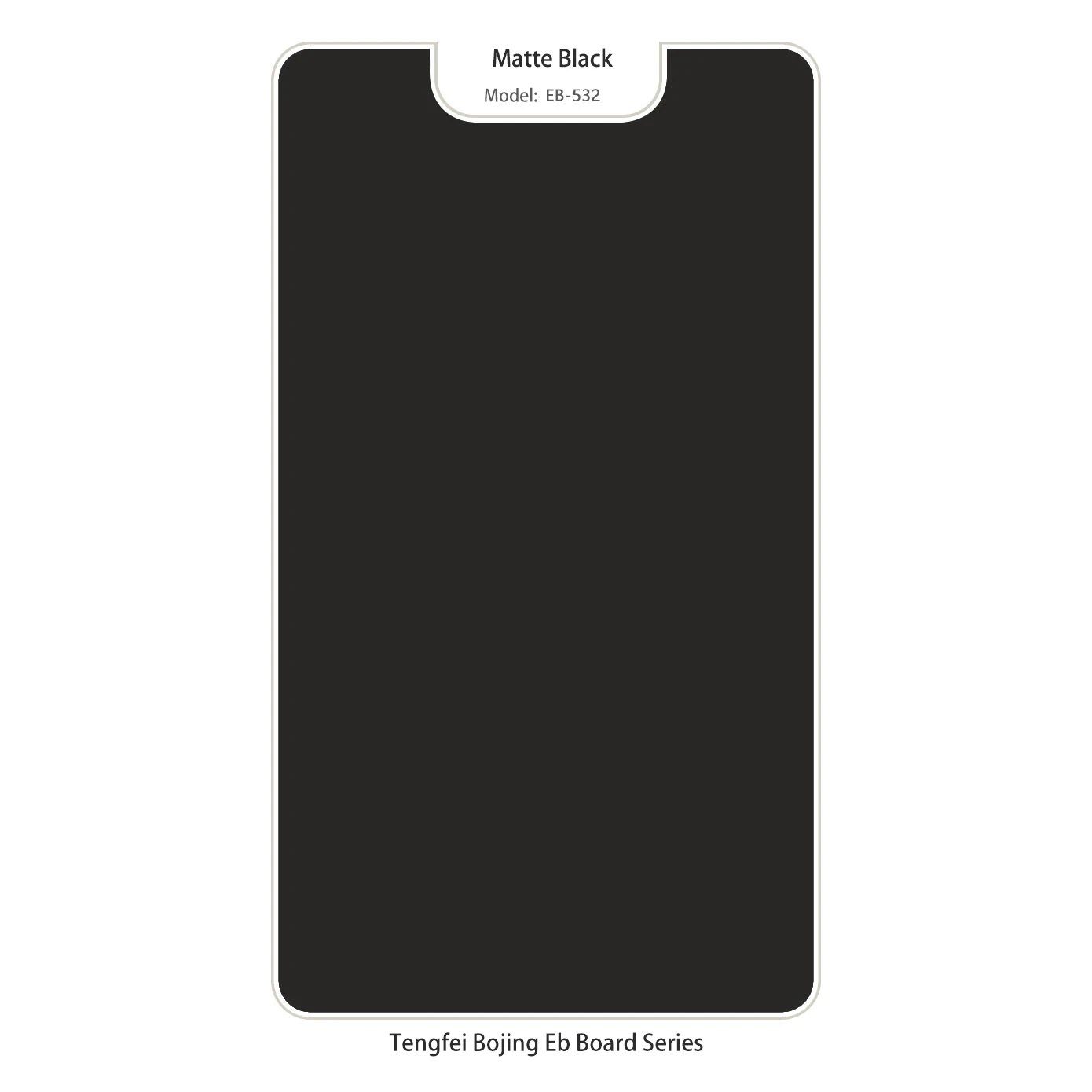
Tengfei Platinum EB パーティクルパネル - マットブラック
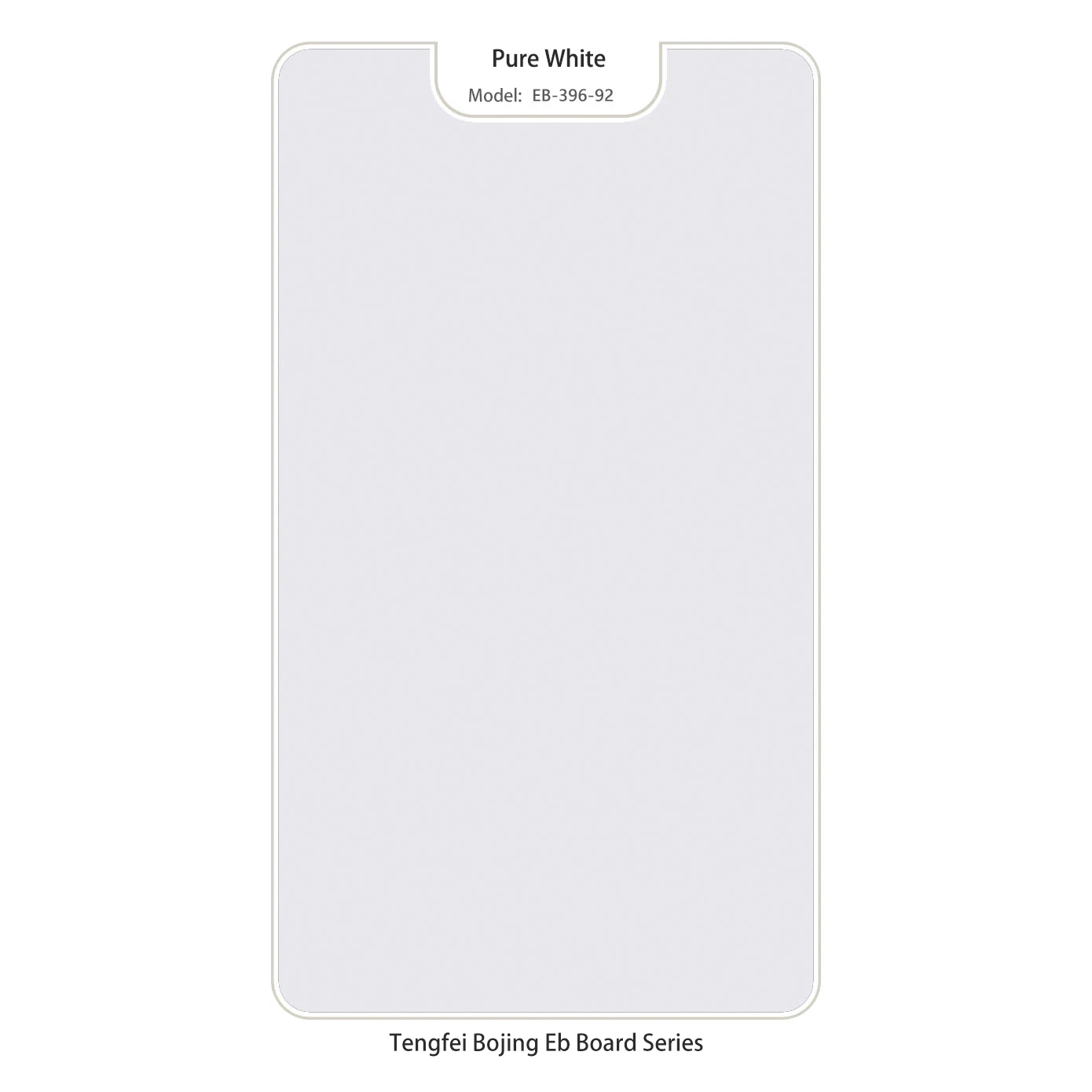
Tengfei Platinum EB パーティクル高光沢パネル - ピュアホワイト

高品質な製品を通じて信頼できるソリューションを提供します。
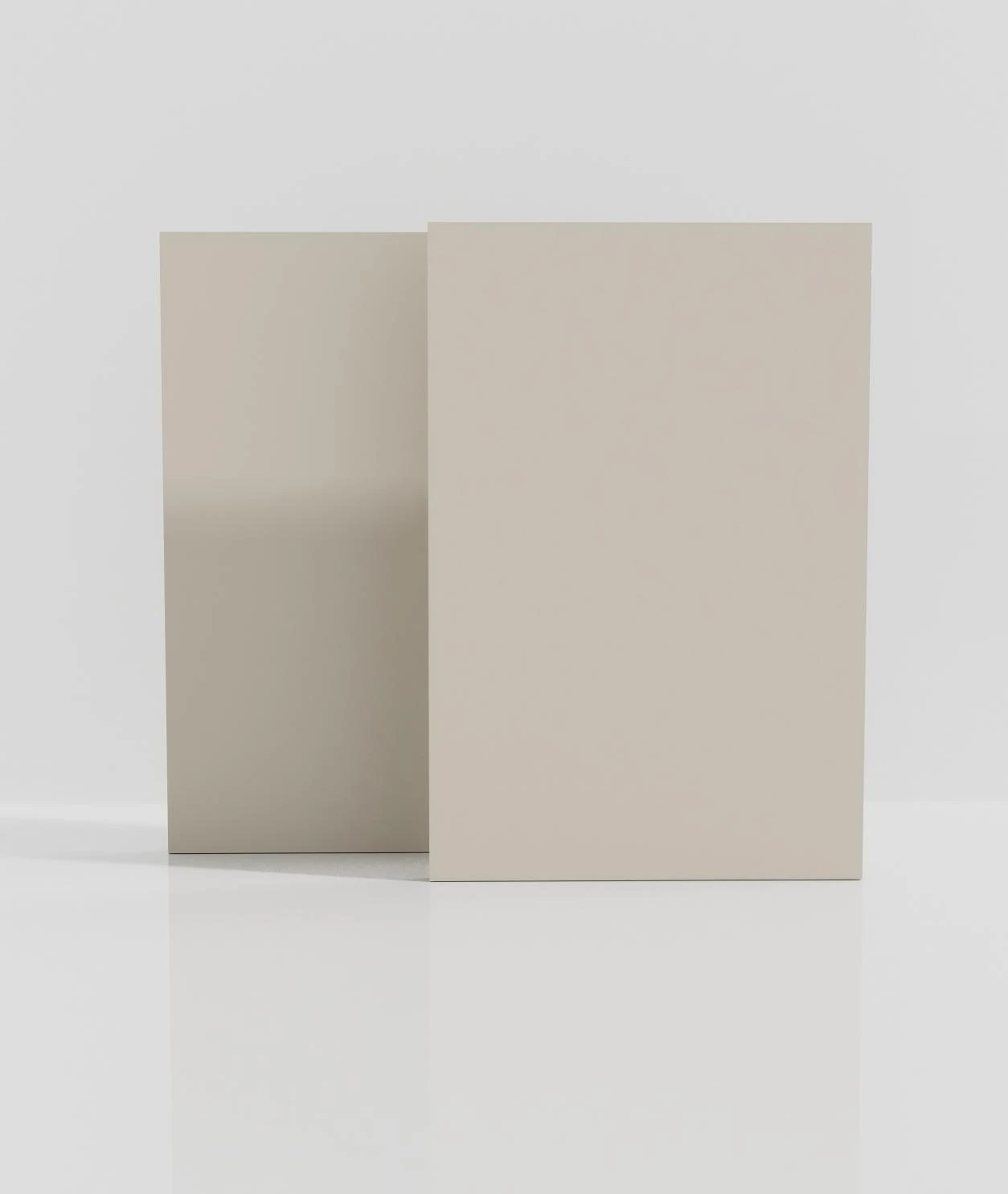

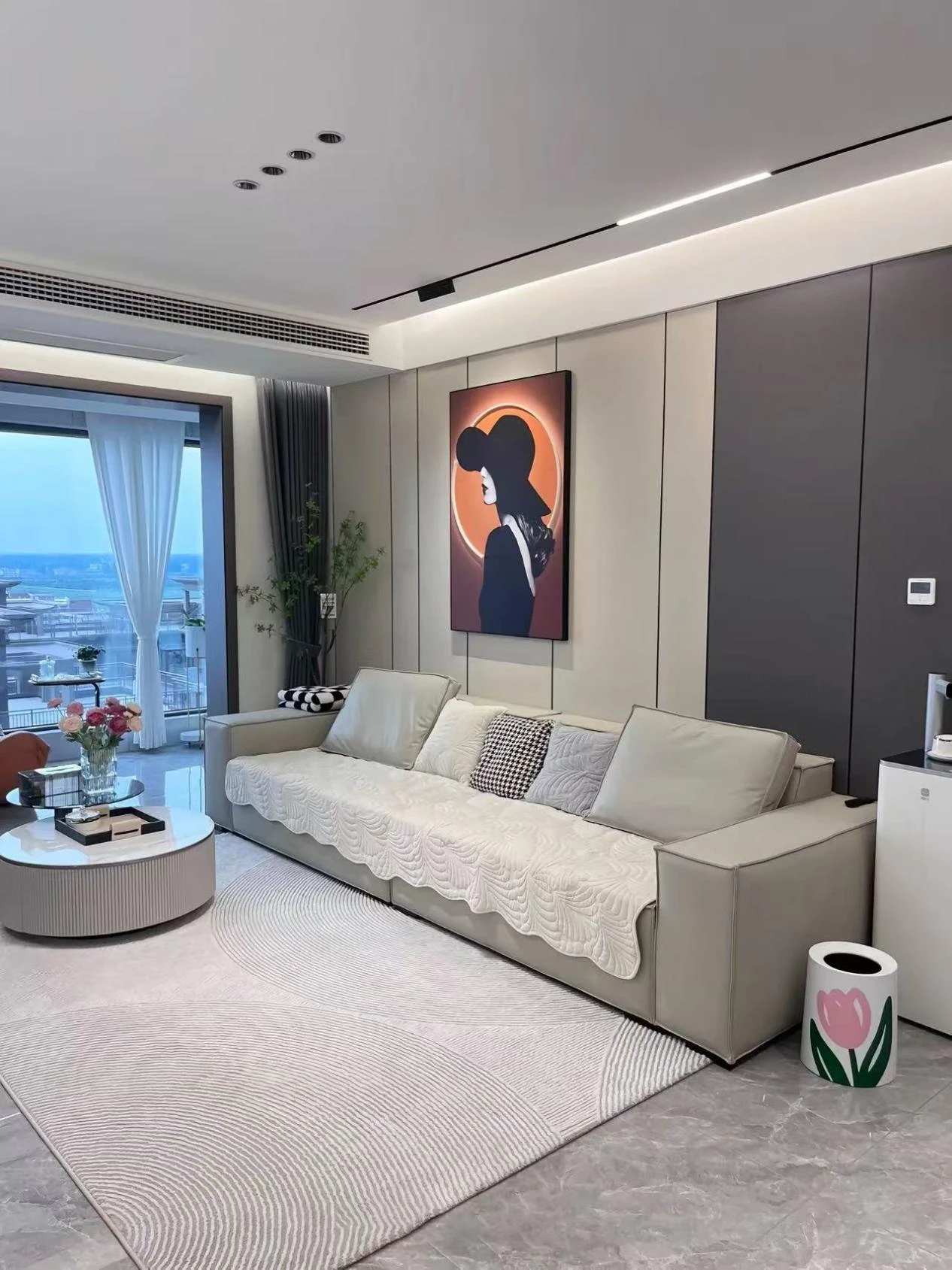
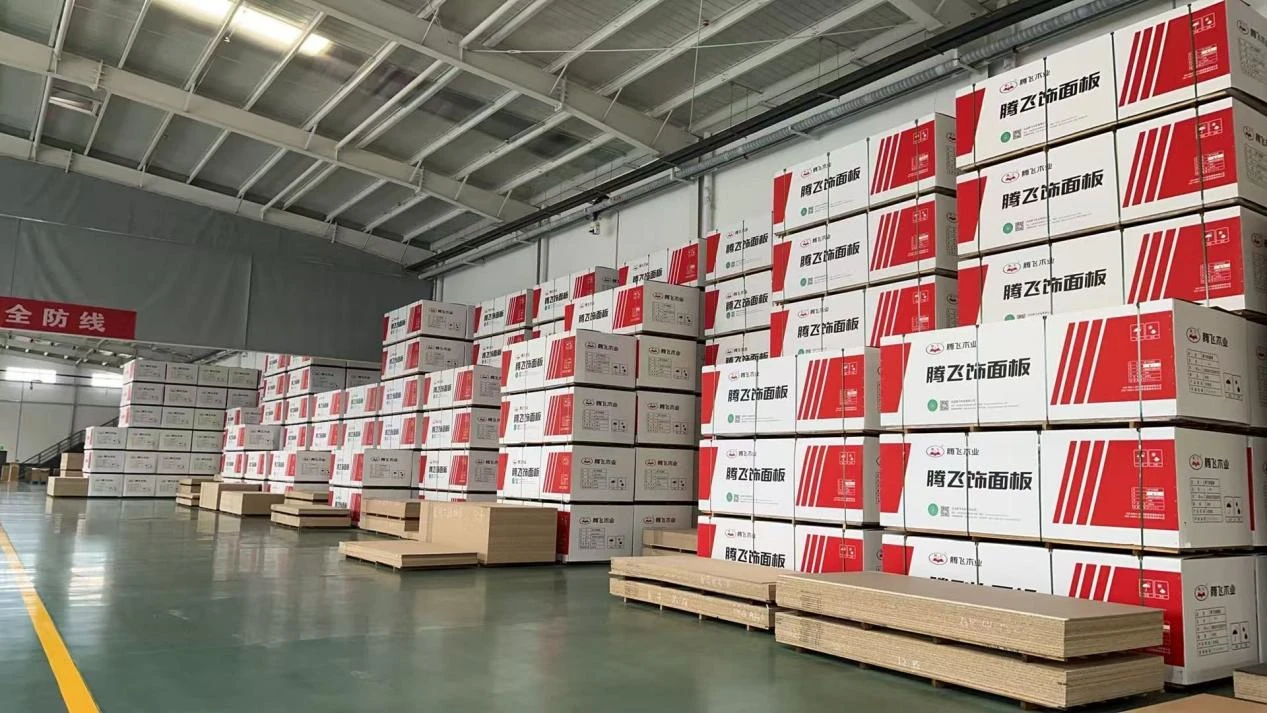
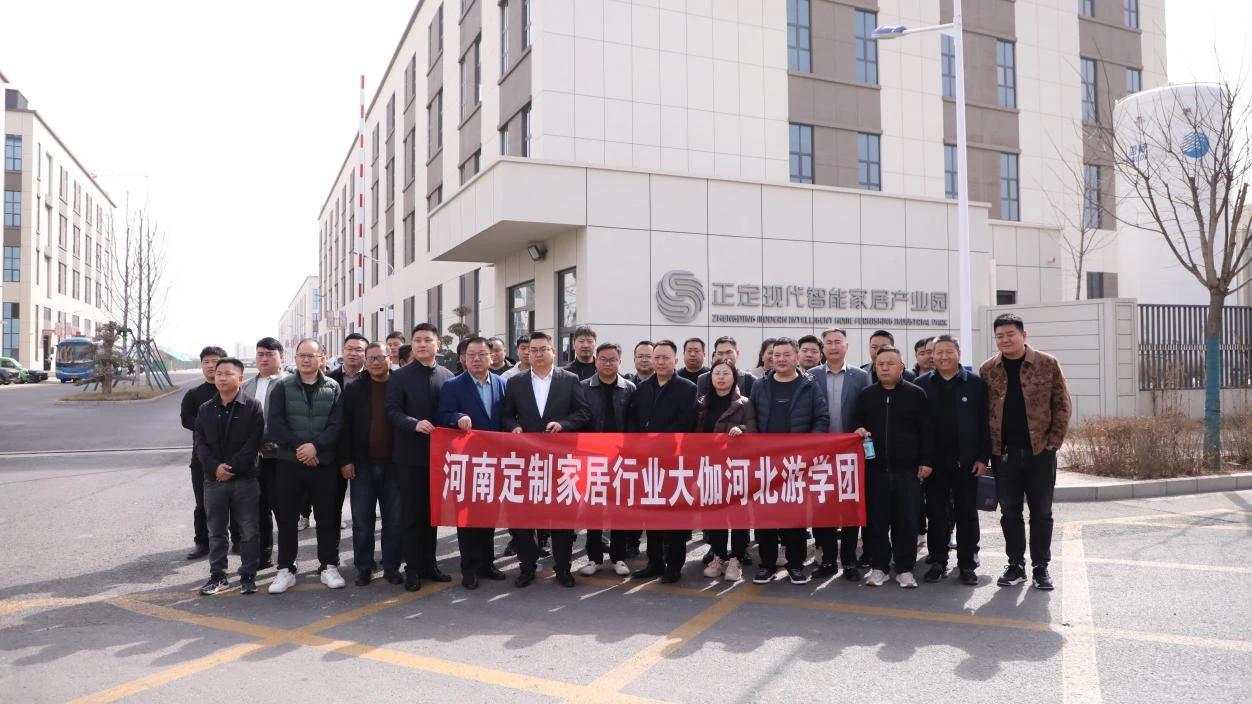
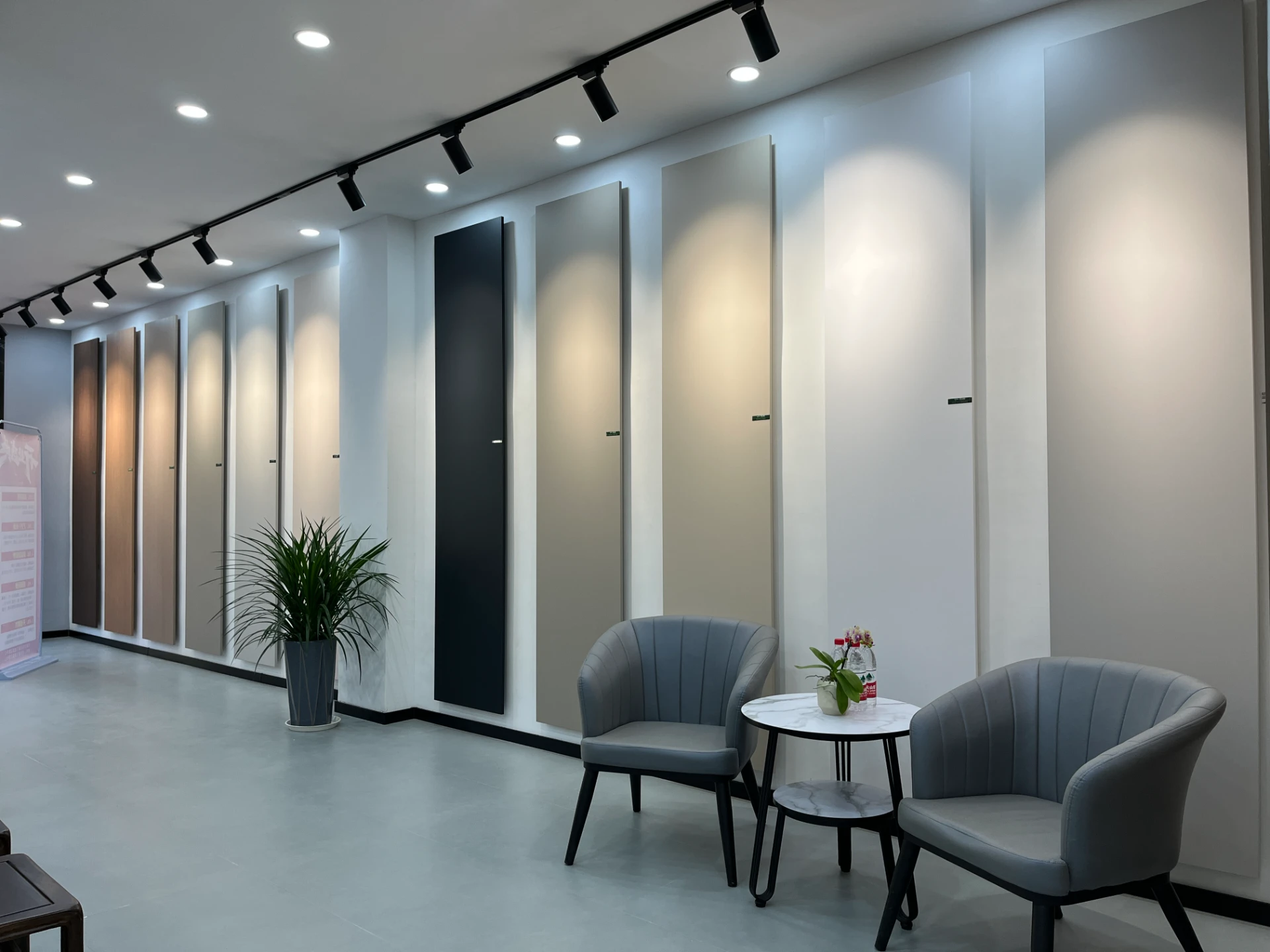
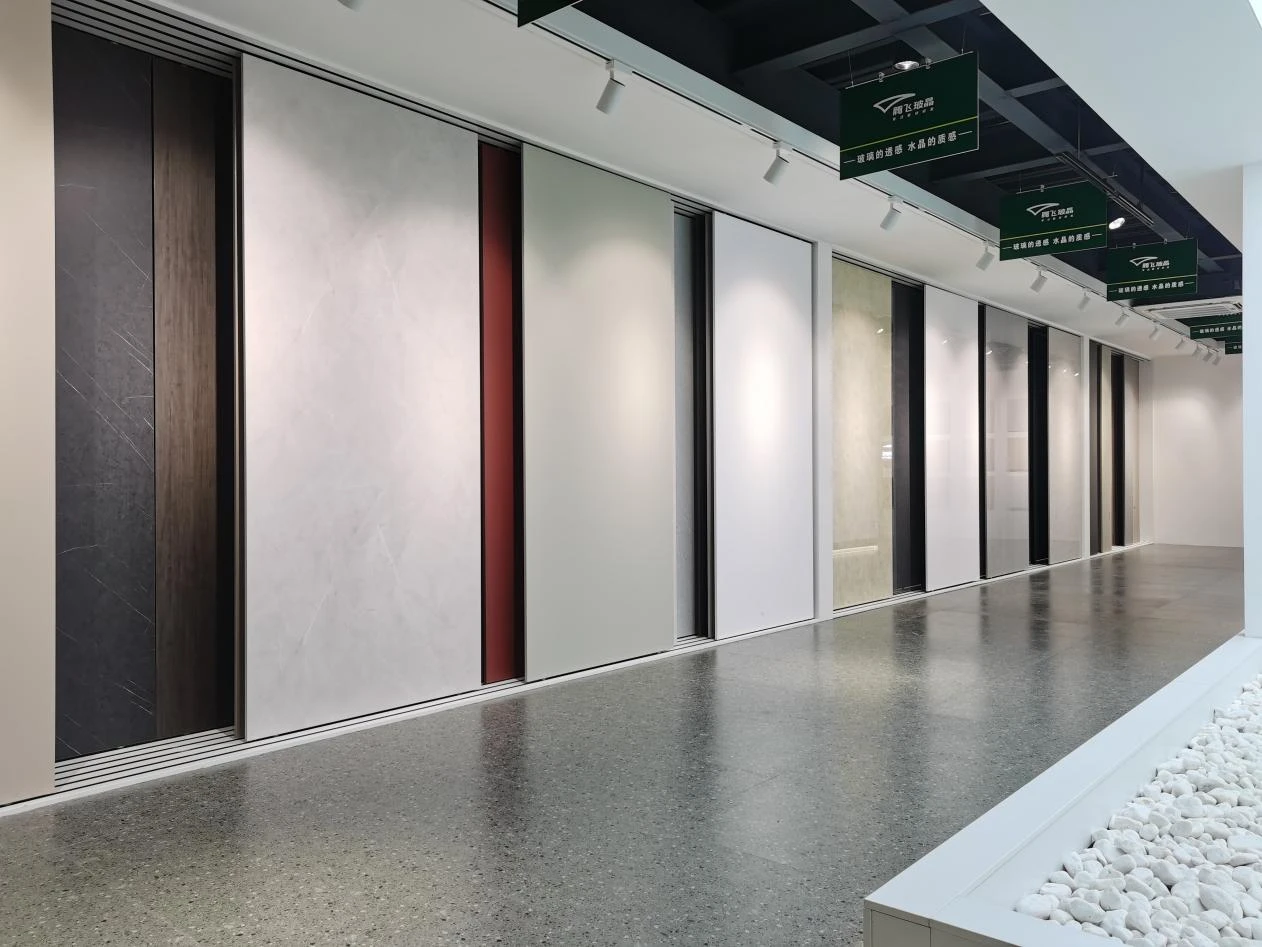
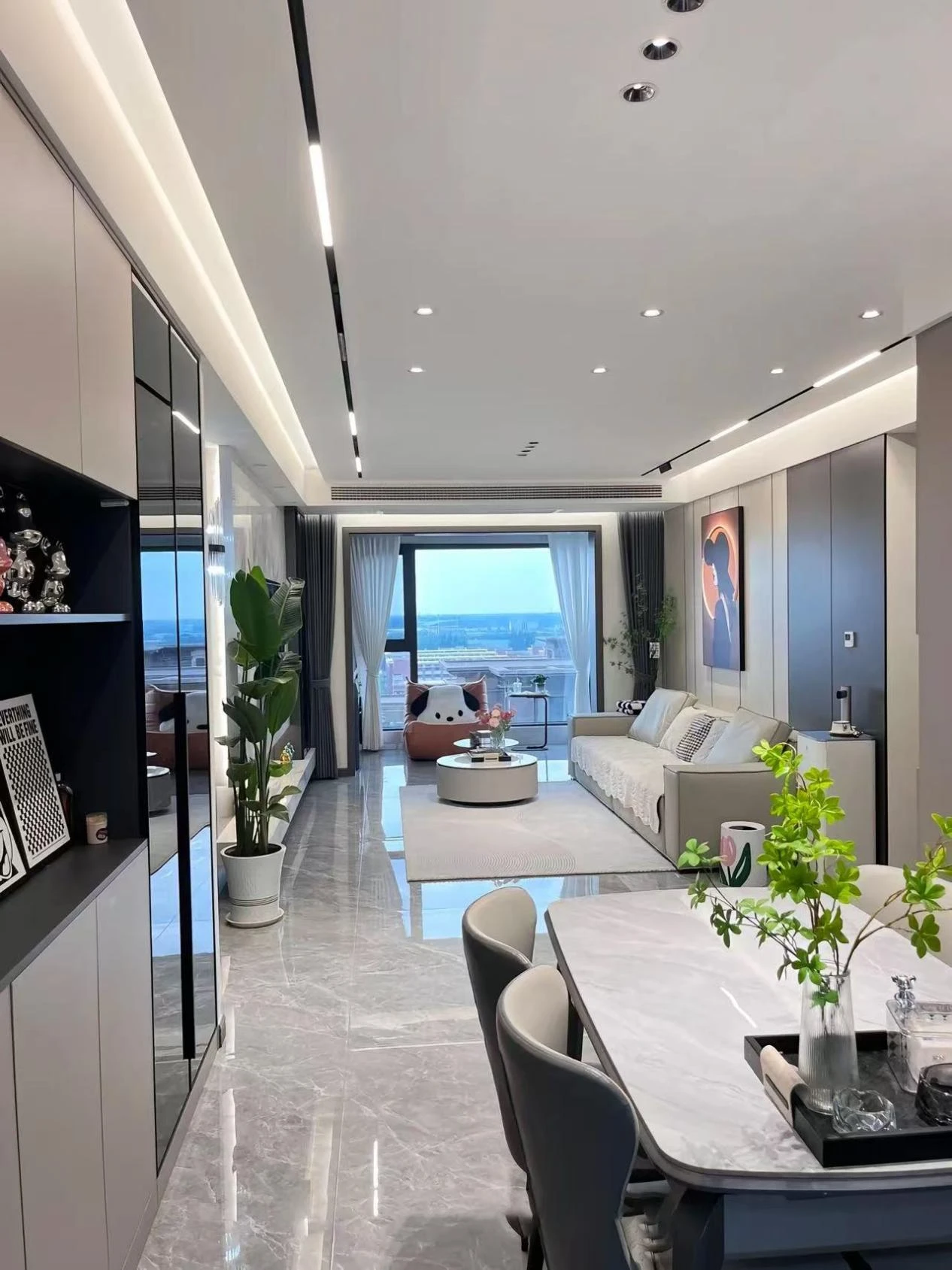
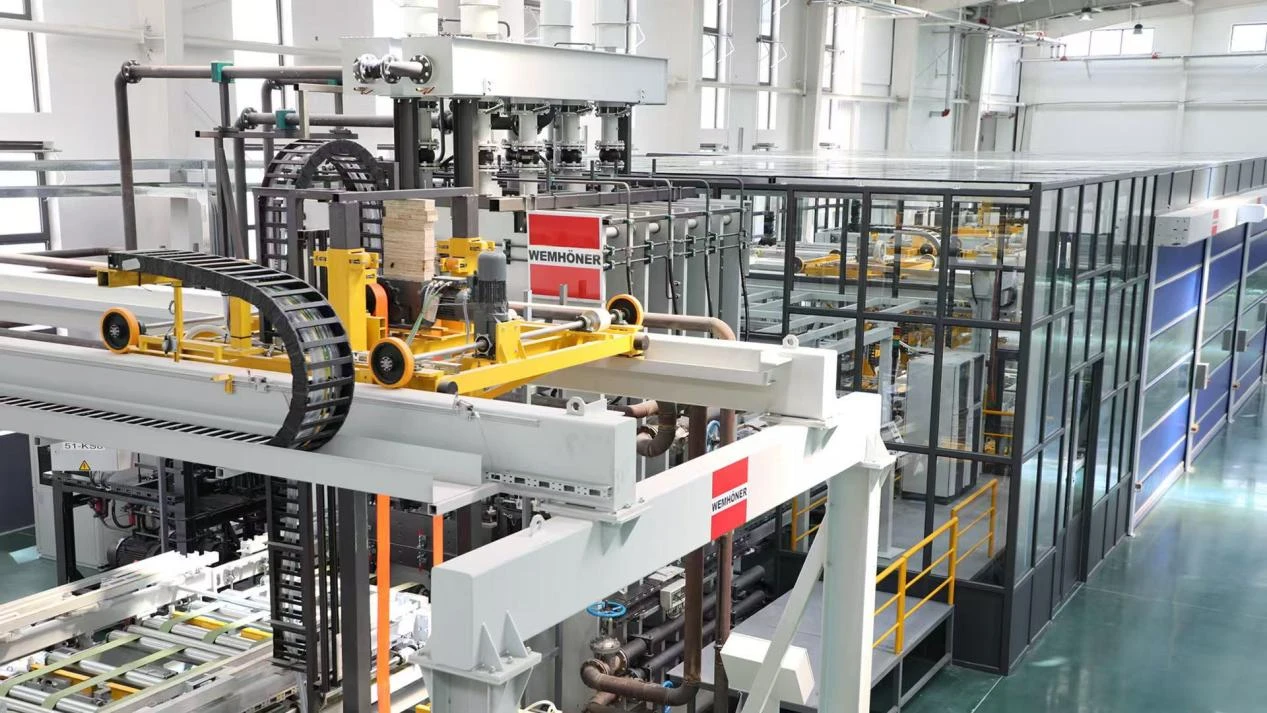
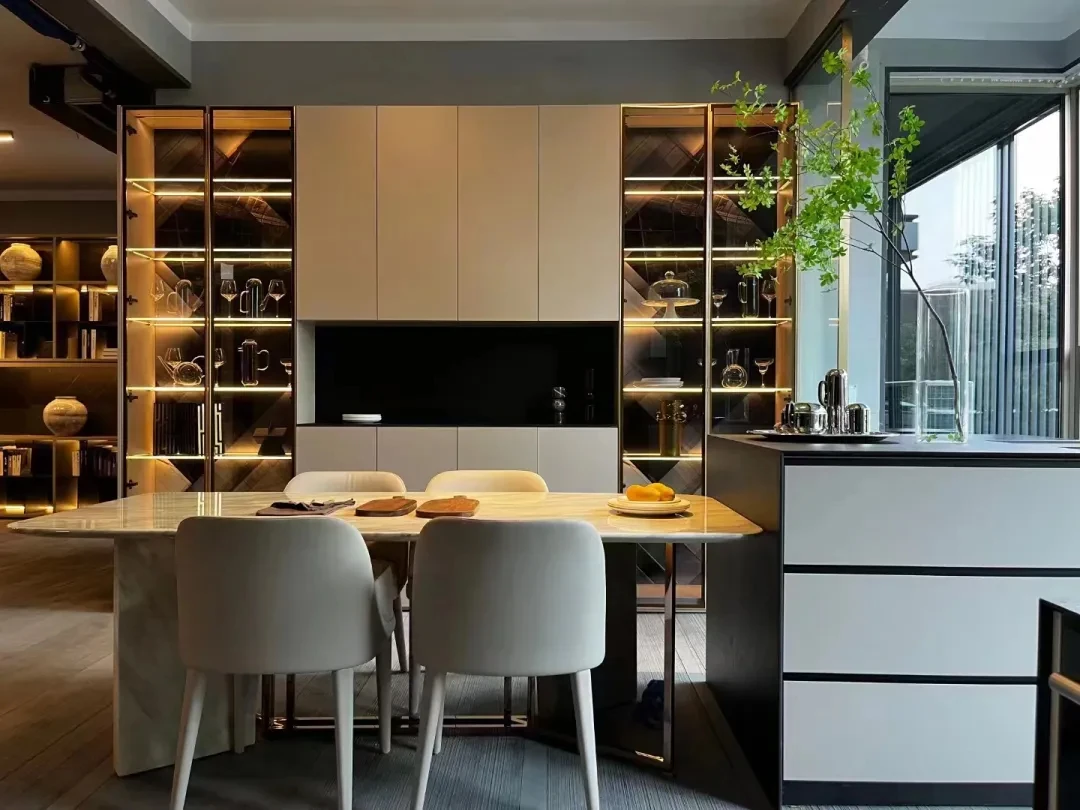
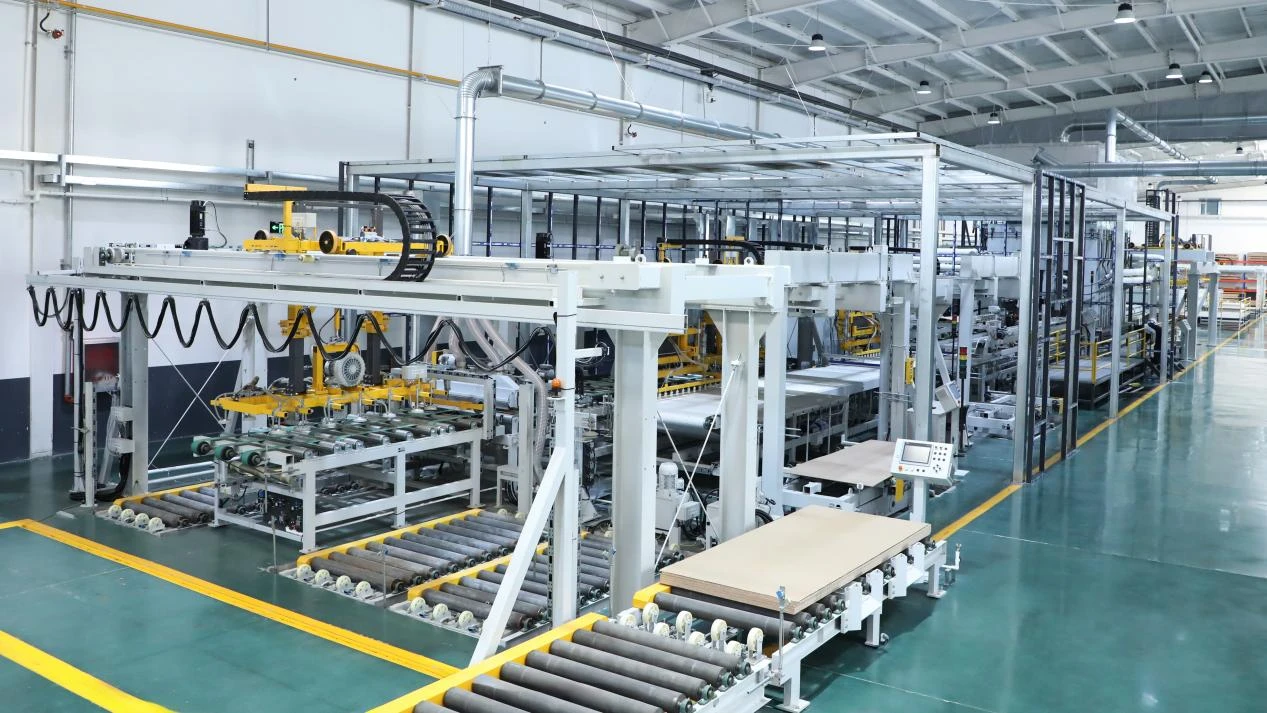
弊社の製品にご興味がございましたら、こちらに情報を残していただければ、すぐにご連絡させていただきます。








